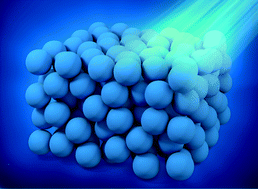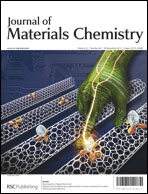Angle-independent structural coloured amorphous arrays
Abstract
We are able to observe a colour due to the interference of light from microstructures composed of different refractive index materials that is comparable to the visible wavelength of light; such a colour is called a structural colour. Because structural colour is fadeless and no energy is lost from the colour mechanism, structurally coloured materials are expected to be used for energy-saving reflective displays and sensors. Previously, however, the word “iridescence” rather than “structural colour” was used to describe the property of a surface that appears to change colour as the viewing angle or the angle of light illumination changes. Thus, people who are aware of the concept of interference colour have a strong impression that all structurally coloured materials change hue when viewed from different angles, as indicated by the term “iridescence.” In fact, most artificial structurally coloured materials that we and other groups have studied so far change their hue depending on the viewing and light illumination angles because these structural colours are derived from Bragg reflection. Such angle dependence presents a barrier for developing displays and sensors using structurally coloured materials. Therefore, my group has been working to develop angle-independent structural coloured materials. The latest most notable ones are amorphous array systems. In this review, I first introduce the microstructures and optical properties of low-angle-dependent structurally coloured amorphous arrays in biological systems, then describe the fabrication and the optical nature of the artificially prepared imitations of such biological systems, and finally, present the related theoretical studies.


 Please wait while we load your content...
Please wait while we load your content...